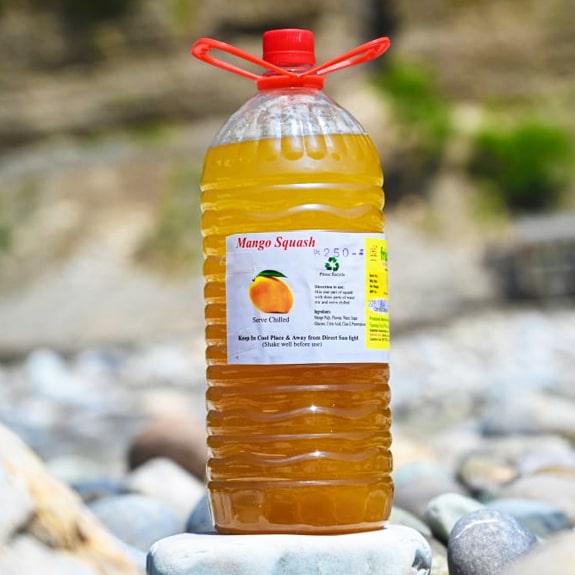Kaphal Squash
Kaphal, a wild fruit, has flooded the markets of the district. Kaphal is not cultivated at all, but is still sold in large quantities in the market in the state. Kaphal grows in the forests of the mid-Himalayan region at altitudes ranging between 1,300 and 2,100 metres. The fruits are small, seedy, bright deep red in colour, turning nearly purple at full maturity.
0.00$
Description
Kaphal, a wild fruit, has flooded the markets of the district. Kaphal is not cultivated at all, but is still sold in large quantities in the market in the state. Kaphal grows in the forests of the mid-Himalayan region at altitudes ranging between 1,300 and 2,100 metres. The fruits are small, seedy, bright deep red in colour, turning nearly purple at full maturity. It has a very pleasant sweet and sour taste, but like most other small fruits, it does not keep for very long and its shelf life is just two days. The fruit begins arriving in the market around mid-May and lasts for nearly 30 days. While Myrica nagi is the scientific name of kaphal, it belongs to the Myricaceae family. In India, it is commonly known as Bay-berry in English, kaifal in Hindi, kathphala in Sanskrit, kaiphal in Urdu and kaphal in Himachal Kaphal has a long history of use in traditional medicine to treat various ailments. In Ayurvedic and other traditional practices, the plant has been used to treat diseases such as fever, cardiac debility, typhoid, diarrhoea and dysentery, Kaphal is an important constituent of Ayurvedic formulations such as Pushyanuga Churna, Katphaladi Churna, Khadradi Gutika, and Usheeradi Churna.
Additional information
| Weight | 18 kg |
|---|---|
| Dimensions | 58 × 67 × 128 cm |
| ingredients | Chamomile, Lemon |
| tea-type | Green |
| net-weight | 100g, 1kg, 250g, 500g |






Reviews
There are no reviews yet.